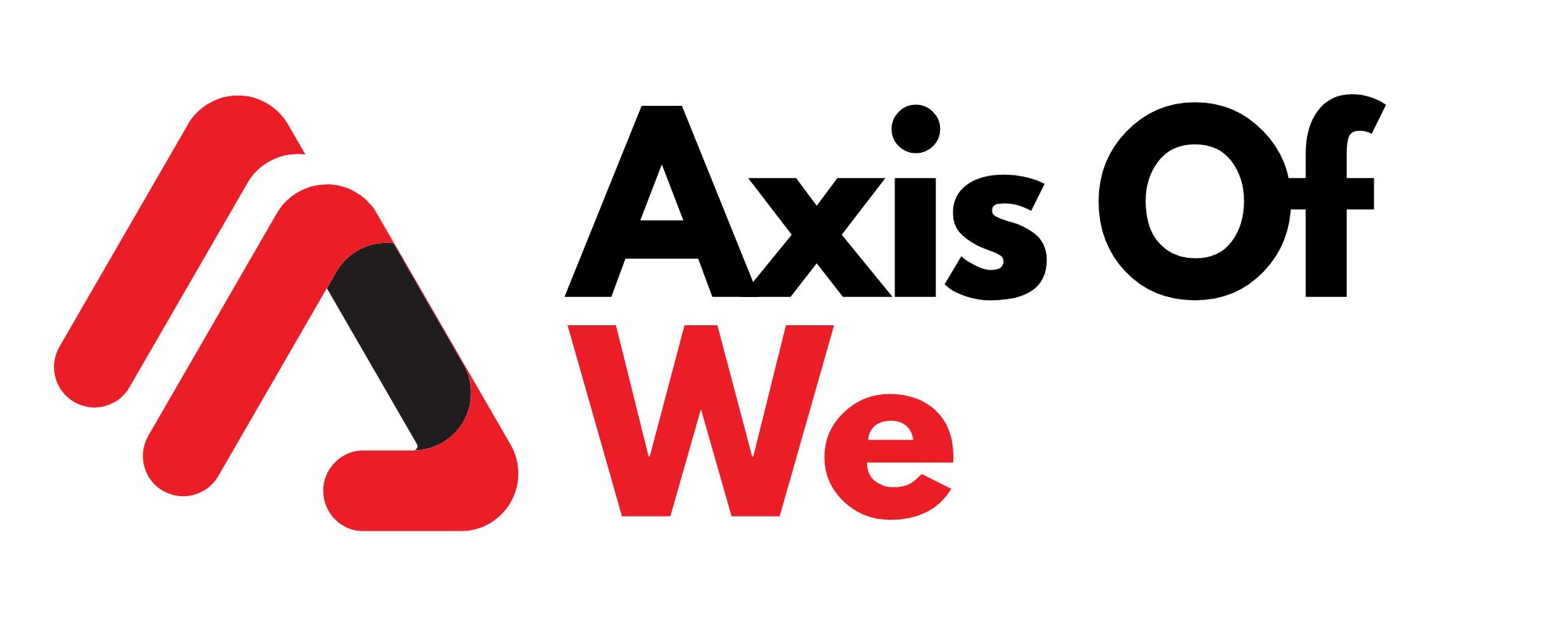Resources for Fostering Engagement: Guides for Building Strong Communities

Building strong, connected communities is essential for fostering a sense of belonging, promoting social well-being, and tackling shared challenges. However, creating and sustaining these communities requires thoughtful strategies and the right resources. A variety of guides and tools are available to help individuals and organizations effectively engage with their communities and create lasting, positive change. These resources provide practical advice, frameworks, and best practices for community building, organizing, and enhancing social capital.

One of the key resources for fostering engagement is community engagement toolkits. These toolkits typically offer step-by-step instructions on how to organize events, build relationships, and facilitate meaningful dialogue among community members. They often include templates for surveys, action plans, and resources for managing communication channels. The “Community Engagement Handbook” by the International Association for Public Participation, for example, provides a comprehensive approach to engaging diverse groups and ensuring that everyone’s voice is heard. With sections on building partnerships, managing conflicts, and measuring success, such handbooks can empower individuals and organizations to effectively initiate and sustain community projects.

Another valuable resource is online platforms that connect community organizers and volunteers with local initiatives. Websites like Meetup, Nextdoor, or VolunteerMatch allow individuals to discover opportunities for engagement, find like-minded people, and contribute to local causes. These platforms also enable organizers to post events, workshops, and volunteer opportunities, making it easier to spread the word and gather people together. By offering a digital space for community interaction, these platforms bridge gaps between people who may not have otherwise connected, making it easier to create lasting relationships and organize impactful initiatives.

In addition to these digital tools, social media platforms provide an excellent way to foster engagement by keeping community members informed and connected. Facebook Groups, for instance, can serve as virtual spaces for discussion, resource sharing, and organizing. When managed well, these groups can become hubs for local collaboration, where participants share advice, organize events, or support each other. A well-curated community group can also provide a sense of solidarity, where people feel empowered to contribute their skills and ideas toward collective goals.

Lastly, workshops and training programs are invaluable resources for individuals looking to strengthen their community engagement skills. Many organizations offer online and in-person courses focused on leadership, conflict resolution, and volunteer management. For example, “The Art of Community” workshop series teaches individuals how to create inclusive, empowering environments that encourage collaboration and active participation. These workshops are essential for anyone interested in fostering deeper connections and advancing community development.
In conclusion, fostering community engagement requires access to the right resources—toolkits, online platforms, social media, and educational opportunities—that empower individuals and organizations to take action. By utilizing these guides and tools, community leaders can create inclusive, supportive, and resilient communities that thrive on shared values and collective efforts.


